Balanced Assessment
ARTS ACHIEVE utilized a process of balanced assessment, which includes both summative and formative assessment practices. Summative assessments took the form of the ARTS ACHIEVE performance assessments, while formative assessment practices were embedded into classroom instruction and learning.
Formative assessment practices include strategies that help teachers and students answer the question, “How am I doing?” These strategies are used to inform learning. Summative assessment practices provide evidence of learning and focus on the question, “How did I do?” This focus on balanced assessment conformed to our Theory of Change.
Performance Assessments
Prior to implementation in the schools, the ARTS ACHIEVE partners developed arts performance assessments. During implementation, students engaged in an arts performance assessment in both the fall and the spring. These assessments, which were created for fifth grade, middle school, and high school, provided the participating arts teachers and facilitators with pre- and post-data about their students’ arts knowledge and skills.
What should students know, understand, and be able to do in a discipline that could be measured by a two-hour summative assessment? We consulted the Blueprint for Teaching and Learning in the Arts, PreK-12 to determine our priorities. The resulting assessments measure both declarative and procedural knowledge in creating, performing/presenting, analyzing, critiquing, and contextualizing art. Students engage in arts activities, write about art, collaborate in various ways, and reflect on artistic processes. Each iteration, fall and spring, maintains the same procedural tasks, but asks students to utilize them in response to different artworks and arts content.
Formative Assessment
The teachers and facilitators developed standards-based units of study to address gaps in learning that were revealed by the fall performance assessment. Crafting relevant instruction based on data from a summative assessment is not always intuitive or straightforward. Guidance and feedback are essential to deepen students’ understanding and refine their skills. Formative assessment practices were implemented in these units to inform teaching that empowers students to take charge of their own arts learning.


